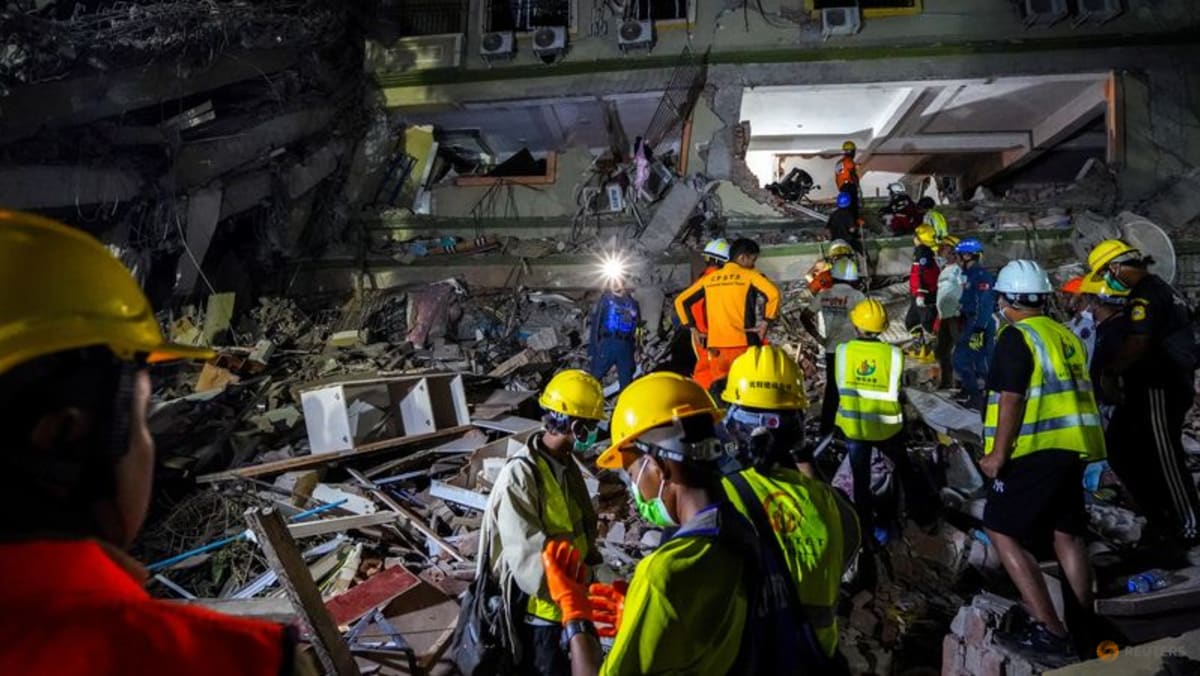NO ONE ELSE CAN MAKE UP THE SHORTFALL
Expecting multilateral organisations and large foundations to fill funding gaps left by USAID is similarly fraught. The Trump administration’s cuts to foreign aid contracts have severely impacted the ability of disaster-response teams run by the United Nations and organisations like International Rescue Committee to provide vital food, medicine and supplies to impacted parts of Myanmar.
Meanwhile, US allies in the Indo-Pacific are feeling pressure to fill the gaps the US has left behind. South Korea has already pledged US$2 million in humanitarian aid via international organisations supporting earthquake rescue efforts, and the Japanese Ministry of Foreign Affairs has promised to provide all possible support.
Today, Japan and South Korea provide 13 per cent and 9 per cent of the annual aid directed to Southeast Asia, respectively. But, like the US, Japan and South Korea are dealing with their own economic woes and turmoil at home, and they are not in the position to backfill the millions provided by USAID to the region each year. In Japan, public support for expanding economic development assistance has fallen to the weakest level in the past decade.
While China won’t step in to replace America’s aid profile, its swift response to the Myanmar earthquake provides us with a glance into a future where it plays an expanded role in Southeast Asia’s development landscape on its own terms.
The Trump administration promised an “America First” approach to foreign policy, but by gutting USAID, it has significantly weakened American soft power and opened the door for expanded Chinese influence and leverage in Southeast Asia.
Bryanna Entwistle is a Press and Program Officer at Asia Society Policy Institute in New York.
